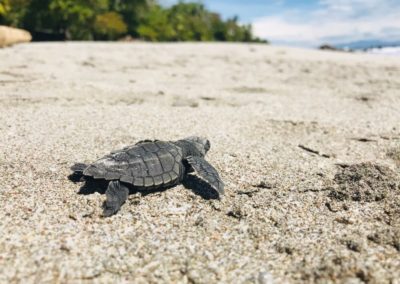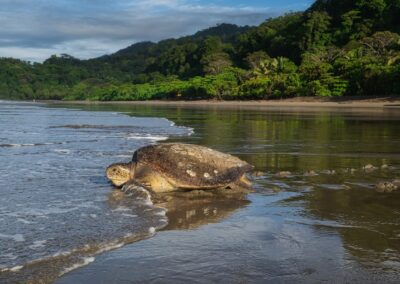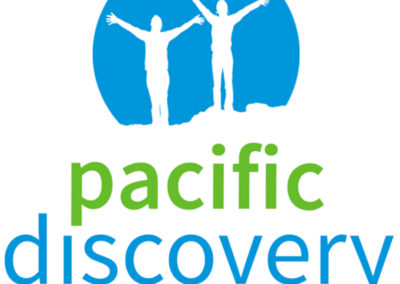Central America
Gap years in Central America
Although part of the North American continent, Central America and the Caribbean warrant their own section in our guide.
The Pacific Ocean lies to the southwest of Central America, the Caribbean Sea lies to the northeast, and the Gulf of Mexico lies to the north. The Central American land mass extends southeastward where it connects to northwestern South America.
Central America is a bio-diversity hotspot boasting 7% of the world’s bio-diverity. Birds migrate from Alaska to Tierra del Fuego. However the southern countries (Costa Rica and Panama) of the region have more biodiversity than the northern countries (Guatemala and Belize), meanwhile the central countries (Honduras, Nicaragua and El Salvador) have the least biodiversity.
Central America is geologically very active, with volcanic eruptions and earthquakes occurring frequently.
The official language majority in all Central American countries is Spanish, except in Belize, where the official language is English.
Tourism has become more and more important to the economy of Central America nations but although things are improving, poverty and social injustice and their associated problems remain visible. Half the poulation lives below the poverty line, rising to two-thirds in rural areas.
Rainforest, jungle, rivers and sea, conceal or lead you to lost temples, ruins and a rich biodiversity. African beats and Spanish fiestas celebrate just the latter part of a 4000 year cultute.









